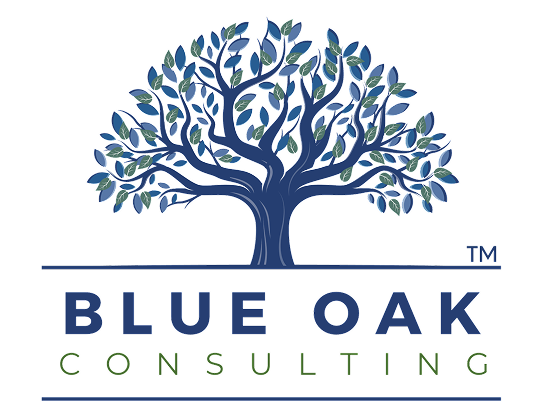Growth doesn’t excuse cash problems—if you can’t make payroll, you’re still stuck.
Let’s talk about one of the most frustrating paradoxes in business:
You’re finally growing—and somehow, you’re also broke.
If you’ve ever made more sales but still struggled to make payroll, you’re not alone. In fact, many small manufacturing companies hit the same wall: rapid growth puts pressure on cash faster than it delivers returns.
This blog is your guide to avoiding the “growth trap”—and finding that sweet spot where expansion and financial stability go hand in hand.
Why Growth Feels Like It’s Squeezing You Dry
Here’s the problem: growth costs money long before it makes money.
- More orders mean more materials, labor, and overhead
- You front the cost, but clients pay you 30+ days later (if they’re nice)
- You invest in equipment, space, or staff—and cash flow takes a hit
- Margins are often tight, especially when onboarding new customers or contracts
If your working capital is already stretched thin, growth can break you.
So how do you grow without falling into a cash crunch?
Start by Redefining What “Smart Growth” Looks Like
It’s not about explosive sales at all costs. Smart growth means:
✔ You can fund expansion without draining your reserves
✔ You scale without increasing risk faster than reward
✔ You balance momentum and financial visibility
To do that, you need a plan that treats cash flow as a strategic asset, not an afterthought.
A Few Hard Truths (and Helpful Fixes)
The “grow now, fix later” mentality doesn’t work
Fix: Build forecasts that show how growth impacts your cash conversion cycle—not just your P&L.
“More sales = more profit” isn’t always true
Fix: Track margin contribution by customer or product before scaling volume.
You’re not actually ready to scale if your systems can’t keep up
Fix: Invest in process improvement before you double your output.
6 Moves That Help You Grow Without Drowning in Debt
- Map Your Growth Triggers
- What’s actually driving your growth? (New market? Big contract?)
- Can your operations keep up without sacrificing quality or cash?
- What’s actually driving your growth? (New market? Big contract?)
- Tighten Your Forecasting Game
- Use rolling 13-week forecasts to keep a clear view of liquidity
- Update them monthly or when big changes hit
- Use rolling 13-week forecasts to keep a clear view of liquidity
- Rethink Payment Terms
- Negotiate shorter terms with customers, longer ones with suppliers
- Incentivize early payments (they’re worth more than discounts)
- Negotiate shorter terms with customers, longer ones with suppliers
- Use Credit Strategically
- A line of credit is not a failure—it’s a tool
- Use it to float inventory or receivables, not cover surprises
- A line of credit is not a failure—it’s a tool
- Control Variable Costs Like a Hawk
- Revisit vendor contracts
- Run leaner inventory with better production scheduling
- Evaluate labor efficiency as you scale
- Revisit vendor contracts
- Invest in What Builds Capacity
- Automation, ERP systems, cross-trained teams—these pay off faster than most people think
- But only if your current operations are already stable
- Automation, ERP systems, cross-trained teams—these pay off faster than most people think
Quick Checklist: Are You Balancing Growth & Cash Flow?
- You know your break-even point (by product and customer)
- You forecast cash at least 8–12 weeks ahead
- You review your payment terms quarterly
- You have access to working capital before you need it
- You track margin by job, not just by month
- Your team understands the link between operations and cash
Growth alone isn’t enough. You need to grow with purpose—and a plan.
The truth is, plenty of companies grow themselves straight into the ground. But small manufacturers that scale wisely—those that respect cash flow as much as revenue—win the long game.
So don’t be afraid to chase growth.
Just don’t lose sight of the bank account while you do it.
Learn more at blueoakconsulting.net





